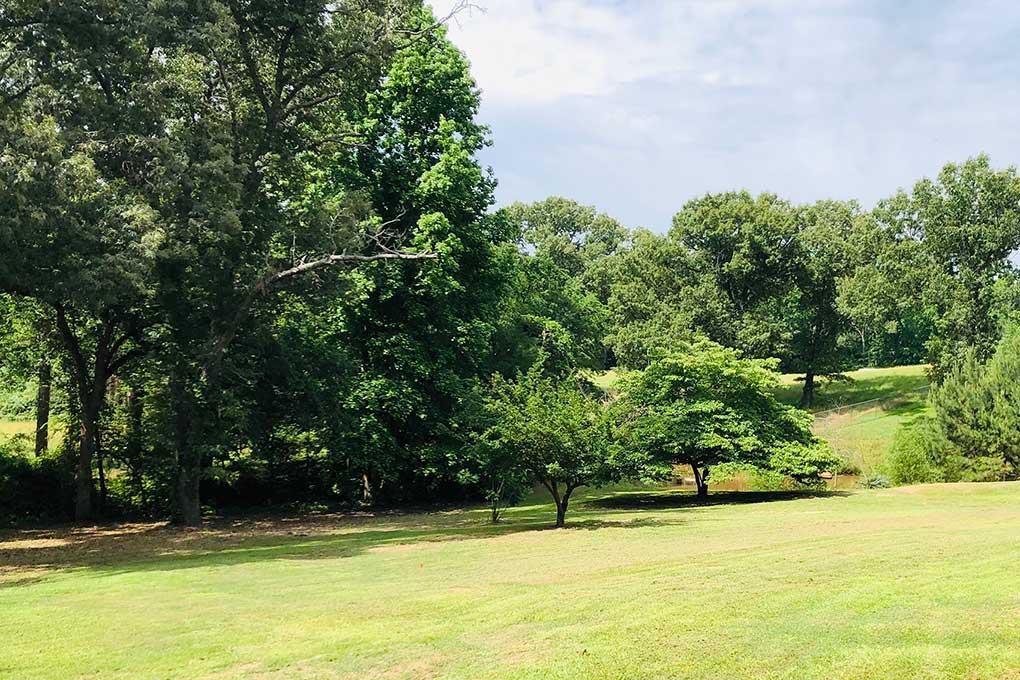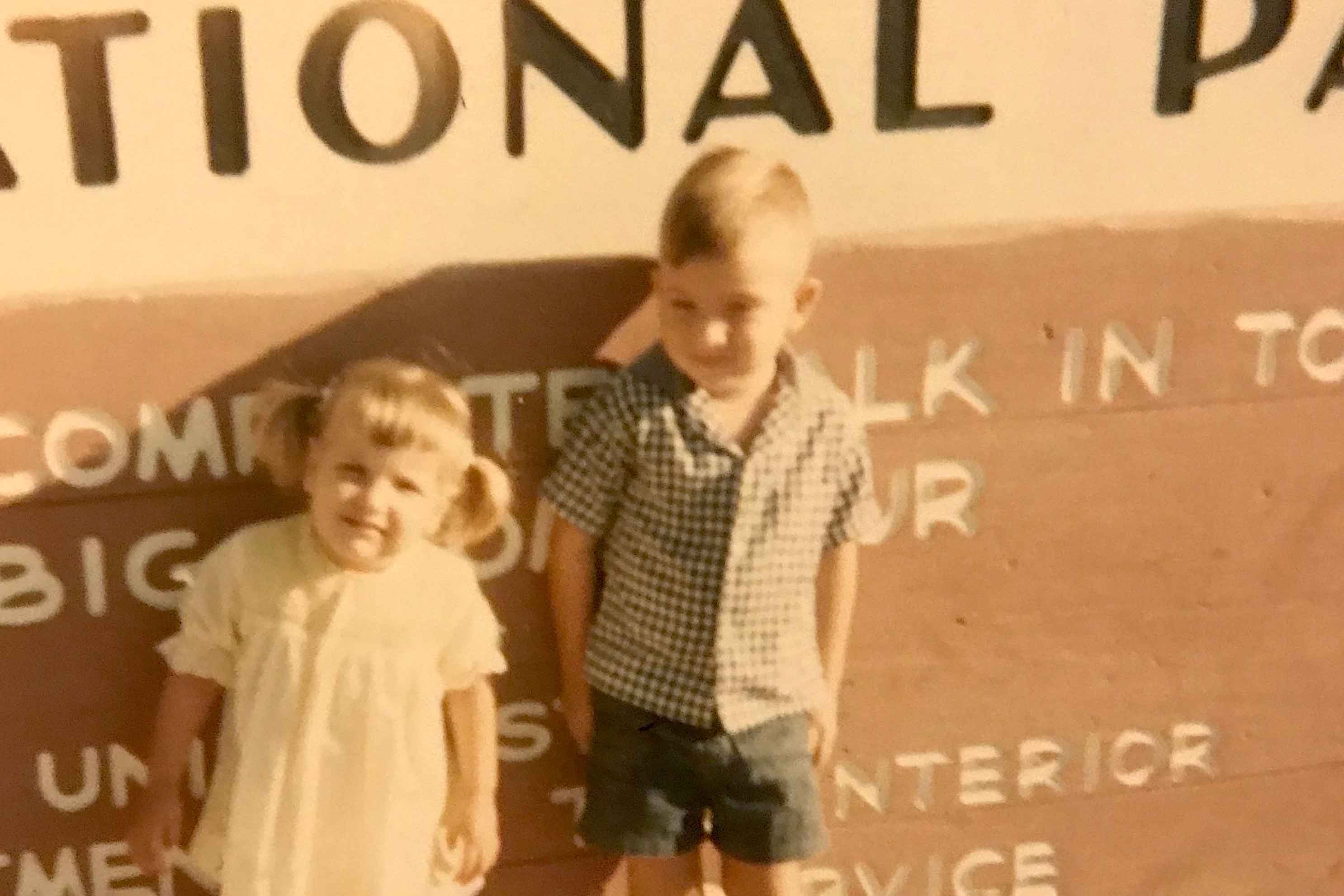By Ed Sterling
Member services director for the Texas Press Association.
Gov. Greg Abbott on Jan. 17 extended for 30 days the state disaster declaration for counties affected by Hurricane Harvey, which pounded and flooded the Gulf Coast and moved deeply inland, spreading its destructive power.
“As long as Texas families are fighting to recover, they can rest assured that the State of Texas is fighting with them,” Abbott said. The 60 counties listed in the declaration will continue to be eligible for assistance as they recover and rebuild, the governor said.
Abbott, who remains in regular contact with congressional leaders and the Trump administration, said he has continued to request funds to rebuild Texas. On Jan. 19, Abbott said he shared Hurricane Harvey survivors’ aggravation over that fact that much-needed continuing federal disaster aid for Texas is bogged down in Washington politics.
Texas A&M University System Chancellor John Sharp, who also serves as Texas’ hurricane recovery czar, on Jan. 20 spoke to a group of newspaper publishers at a statewide press convention in Galveston. While delivering an overview of recovery efforts, Sharp expressed his frustration with federal sluggishness in sending disaster aid to Texas.
On the bright side, Sharp credited state agencies such as the Texas Department of Transportation, the Texas Commission on Environmental Quality and the Texas A&M Forest Service for their employees’ work in debris hauling and other areas of need. Sharp described this, or any other major disaster recovery effort, as a “bottom-up” operation, in which mayors and county judges must apply for aid for their jurisdictions and scrupulously attend to paperwork and accounting requirements for state and federal relief efforts to move forward.
Abbott, in his 15th weekly update on Hurricane Harvey recovery efforts, said the Texas Department of Emergency Management estimates that more than 11.4 million cubic yards of debris have been collected, which is about 64 percent of the anticipated total.
Also, as of Jan. 16 more than $12.6 billion in federal funds had been provided directly to Texans, including FEMA grants to households, National Flood Insurance Program claims payments and Small Business Administration disaster loans, Abbott added.
Employment trend continues
Annual employment growth for Texas was 2.5 percent in December, marking 92 consecutive months of annual growth. The Lone Star State’s seasonally adjusted unemployment rate was 3.9 percent in December, below the U.S. unemployment rate of 4.1 percent, the Texas Workforce Commission reported on Jan. 19.
Texas ended 2017 with record-level job creation numbers during the fourth quarter, with 10 of 11 industries expanding over the year and an annual gain of 306,900 jobs, said Texas Workforce Commission Chair Andres Alcantar.
Industry sectors adding jobs in December included Leisure and Hospitality, 6,800 jobs; Construction, 4,300 jobs; and Information, which includes traditional and software publishing, data processing and hosting and telecommunications, 3,600 jobs.
The Amarillo and Midland Metropolitan Statistical Areas recorded the lowest December unemployment rate among Texas MSAs with a non-seasonally adjusted rate of 2.5 percent, followed by the Austin-Round Rock, College Station-Bryan and Lubbock MSAs, which tied for the second-lowest with a rate of 2.7 percent. The San Angelo, San Antonio-New Braunfels and Sherman-Denison MSAs tied for the third-lowest rate of 3.0 percent.
Hegar distributes revenue
State Comptroller Glenn Hegar announced earlier this month that he would send cities, counties, transit systems and special purpose taxing districts some $709.2 million in local sales tax allocations for the month of January.
The amount is 9.5 percent more than the comptroller’s office distributed in January 2017. These allocations are based on sales made in November by businesses that report tax monthly.
AG offers training video
Texas Attorney General Ken Paxton on Jan. 18 announced the debut of his office’s new training video “to educate and mobilize all Texans in the fight against human trafficking.”
The nearly hour-long video was developed over the last year by Paxton’s Human Trafficking/Transnational Organized Crime section and was shown during a public screening at the Austin ISD Performing Arts Center.
Texas is responsible for the nation’s second-highest number of calls to the National Human Trafficking Hotline, and recent research indicates that at any given time there are more than 300,000 victims of human trafficking in the state, Paxton said.
The video is available to the public at www.texasattorneygeneral.gov/human-trafficking.
For more stories like this subscribe to the print or e-edition.

















0 Comments